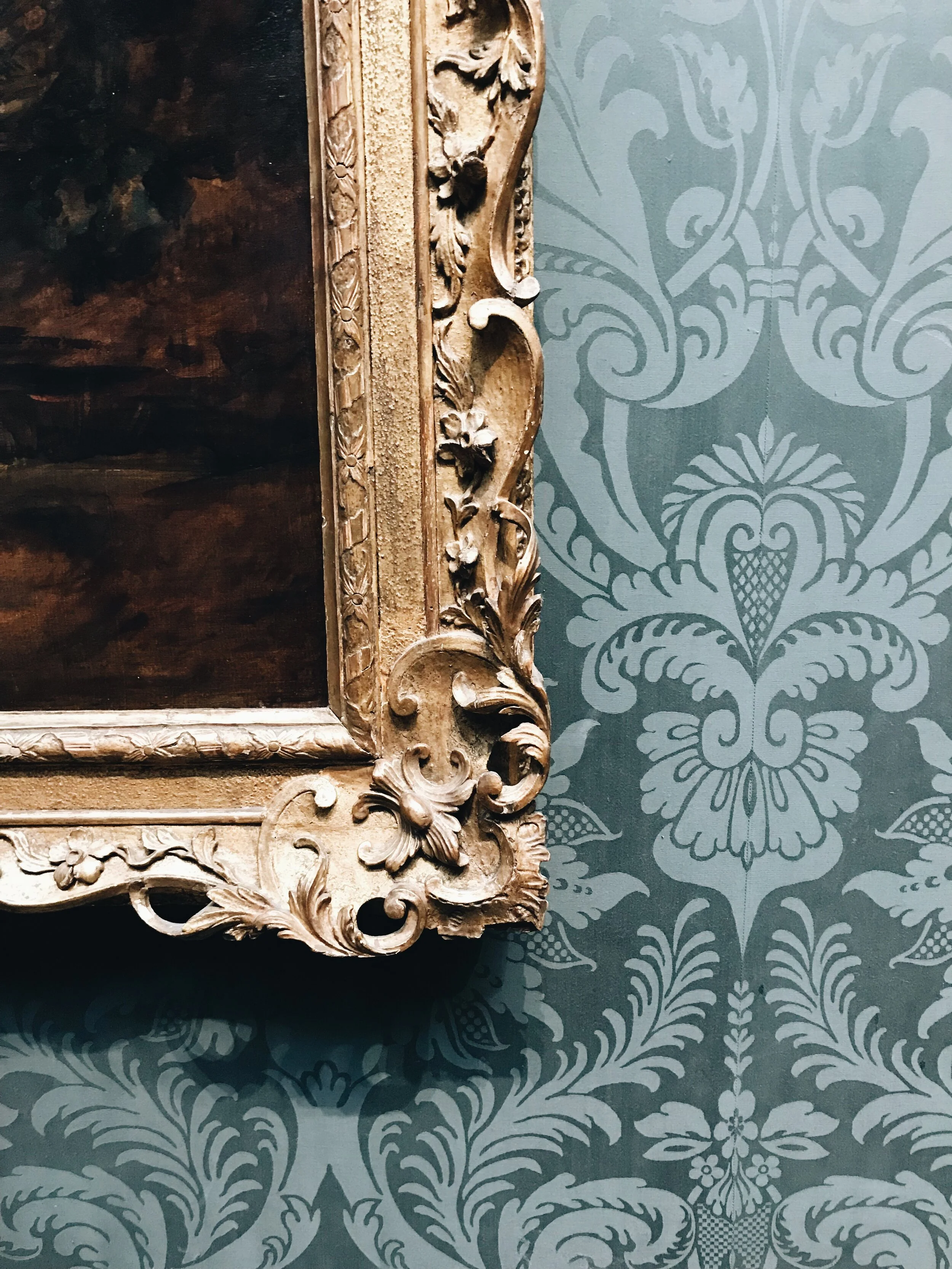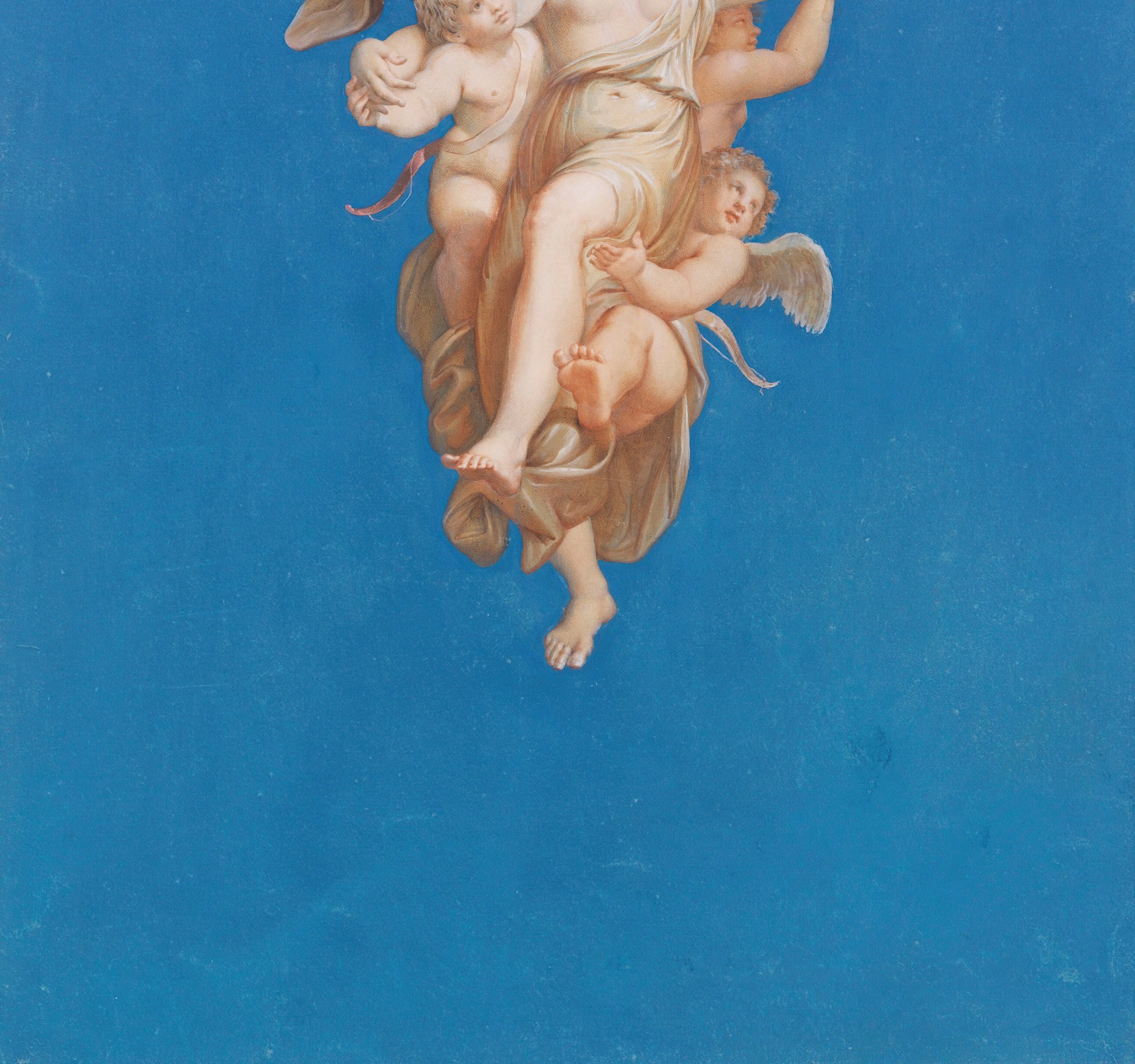A Tenderness Toward Art

A Tenderness Toward Art
By Michael Wright
“I have fallen in love with a painting... I have felt the energy and life of the painting’s will; I have been held there, instructed. And the overall effect, the result of looking and looking into its brimming surface as long as I could look, is love, by which I mean a tenderness toward experience, of being held with an intimacy with the things of the world.” – Mark Doty
*
You don’t have to fall in love with a painting. It’s okay to stand in front of an abstract painting in a museum and feel nothing. Or to walk briskly through a gallery, wondering if the attendant is guessing your income by your clothes. It’s okay to be frustrated, even intimidated, by capital A-Art. I feel all of these things myself from time to time, even after years of exploring the contemporary art scene in Los Angeles. The truth is this: art is not a single thing, but a language of speaking through materials and colours and shape as old as Adam and Eve and as common as air. But like any language, learning to speak and understand it takes time and the steady insistence to push past our own confusion or insecurities to really appreciate it. I hope you can receive this encouragement from fellow Christian and art-lover Sister Wendy Beckett of what can happen if we look slowly, if we keep trying to learn this visual language for ourselves: “If we wait, each of us will find a way to experience that challenge that great art alone can offer. It is in the waiting, the seeking, the refusal to pretend that matter” (Joy Lasts: On the Spiritual in Art).
Diana Merry
And do you know Sister Wendy’s favourite painters, by the way? It’s not Michelangelo painting his Sistine Chapel or an anonymous iconographer—it’s Paul Cézanne. Cézanne, whose paintings have no discernible religious subject matter but instead use fractured textures to paint the ordinary world. So what gives? Why does this nun feel just as connected to these still life paintings as a cathedral fresco? Or better yet, why is it so easy for us to enjoy figurative paintings of the gospels but so difficult to engage contemporary art today—especially the weird, abstract, and confusing stuff—with the same level of patience and appreciation? What would we see if we pushed through our insecurities and looked beyond the art and artists that we’re comfortable with?
I don’t know what you’d see where you live, but I can tell you what I see in Los Angeles. After years of exploring the galleries and museums, there are so many artists who are creating work with explicit spiritual longings that I’m starting to lose track. There are group shows about pagan rituals, performance pieces that copy church services to riff on the financial and emotional struggles of artists, rituals that seek to access spiritual dimensions in gallery spaces, and literally redemptive sculptures made out of building debris from the Watts riots.
Not a single one of these things references Jesus or the psalms or Christian theology. Not one is stained glass inside a church building. Yet, all of this work—and the artists who make them—have become for me a cloud of witnesses that help me understand my own faith, that have given me a visual language for my spiritual journey. They could all be our conversation partners, these spiritually-inflected artists. Do we have eyes to see?
Certainly in the gospels, Jesus embodies this question as he talks with people who are marginalized by the religious communities and institutions of the day. Tax agents and bleeding women, demonized Roman guards and the mentally distressed—Christ walks right past the social boundaries that exclude and marginalize and sits down for a meal. I couldn’t help but think of scenes like this when I was a guest at an artist’s recent house party, seated at the same table with MFA grads, queer art historians, and atheists—I start to tear up even writing about it. Yes they were chatting about their next shows, but they were also talking about financial survival, about how to pay rent at a studio and an apartment while still keeping their passion for their work alive. If you listened below the words, you could hear the questions they were asking: Is my art good? How do I become more honest with my own creative self? Will people enjoy this art as much as I do? How long will I be able to afford to do this? These were the unspoken longings at that table, and it was a holy gift to be there to listen, a guest in a world so often misunderstood by our own communities.
I’m sharing this not to critique, but to prod, to turn my own curiosity and passion for the arts back to the religious communities that formed me. In my own experience at a faith and arts organization (as both a student and employee), I was baffled at our lack of relationship-building with two museums within walking distance of our own offices. At times, it can even feel that the faith and art conversation is so insular that we’re only talking to ourselves and forgetting our own neighbours. So are we aware of recent activism at museums or social practice art or exhibitions exploring art and mysticism? When contemporary art hosts conversations about spirituality, where are Christian voices? When artists struggle with rising studio rents, where are my fellow Christians who would feed these artists if only they knew the address? Who would love this art if only we were active and patient in our looking?
I have to believe what’s happening is not malicious, but the result of an unintentionally limiting vision. Here’s what I mean: A few years ago, I went to a conference to hear a prominent faith and art leader speak. She was the keynote lecturer, and halfway through her speech she came to her fundamental thesis: “all art is doxological.” In other words, for Christians engaged in the arts, the fundamental meaning of art is worship—art is meaningful insofar as it can conform to the conceptual grids of theology and worship. My heart sank. Of course, some art is this way: icons and hymns, stained glass, a psalm, medieval paintings. But what about the spiritually inflected still life paintings or those abstract sculptures made from debris? Works like this and the artists who make them have a spiritual resonance that doesn’t fit within the liturgical shape of Sunday morning worship.
Diana Merry
So let me be frank: starting with worship and liturgy as interpretive frames for the arts limits what could be a holistic and deeply compassionate engagement with art in its widest sense, this shared human language extending beyond Sunday morning. And if we can’t cultivate this larger view, we’ll miss an opportunity to participate in a larger conversation and to support the artists themselves. With even a quick skim of a book like Creative Spirituality: The Way of the Artist, you’ll see story after story of artists leaving the church to make their art. This isn’t just an aesthetic issue; we have a pastoral crisis. So what can be done?
First of all: nothing. I worry that any new Christian Vision for the Arts™ could quickly lead to misunderstanding what needs to be grassroots and focused on local art communities. No, I don’t think we have to do anything other than crack open the door, walk into a local museum or gallery or artist studio and start asking new questions. Questions like: what would happen if churches provided low-cost studio space to local artists? What would a conference look like if it was built in collaboration with your city’s art museum? What would it look like to offer chaplaincy for artists? How could churches use centuries of spiritual traditions to help curators inspire their museum-goers? Questions like these are too large to ask alone, so let’s look around us and find artists and art lovers to answer them together. Who knows what will unfold!
And if any of this sounds daunting, we can always try small steps like these: check out an episode of “Art Assignment” (YouTube) or “Art21” (PBS), download the Artsy app and scroll around to see what artists are making, visit a gallery, listen to the “Modern Art Notes” podcast and subscribe to the “Hyperallergic” newsletter, visit a student show at the local art school, read books like Art and Fear and Seven Days in the Art World. These are all small steps we can take to get acquainted with the larger art world, and I promise you’ll find something unexpected to inspire you and your church community.
What I’m aiming for is the vision the poet Mark Doty described in Still Life with Oysters and Lemon: On Objects and Intimacy: an “intimacy with the things of the world,” an intimacy with the arts that is fundamentally incarnational, the very intimacy Christ himself experienced with the world. After a quick glance at our Twitter timelines, Lord knows we need this. And if I’ve learned anything from growing up in the church and working at a seminary, it’s that the church—the people, at our best, embodying Christ—would be the perfect community to help sustain and celebrate the kind of humanizing and vital art we all need today.
Michael Wright
Writer, Editor, & Educator
Bridge Projects and Brehm Center
Photography by Paige Muller






